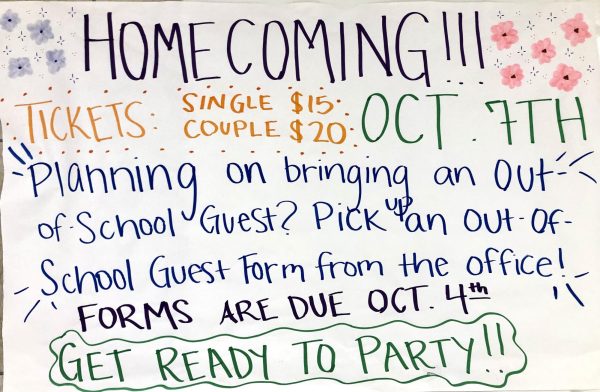The Truancy Problem
Being truant used to be a threat for most students; the idea that police would get involved if you missed too much school was scary. Now it’s a joke for some kids, who tweet about getting their “truancy letters”.
But each school district has a different threshold for who is and isn’t truant. By law, they just need to have a “substantial” amount of unexcused absences in one day for it to count as a “truancy day”. SMSD chose to define that as missing two class periods a day, so if you have seven truancy days in one year a warning letter is sent out.
“After the day that the warning is sent out, if there are more truancy days, then our associate principals can file truancy with the District Attorney,” secretary Pam Morris said.
The key to preventing truancy is with parent involvement. If a parent steps in before the seven days, they can stop their students from getting a warning or more.
“Skyward is a great vehicle for parents to be able to monitor both attendance and student performance,” associate principal Chris Zuck said. “I recommend a close monitoring of Skyward because it’s a live representation of student achievement. There’s also an automatic phone call that goes home every day that tells them their student has been unexcused for one or more periods that day.”
Any excused absences aren’t counted towards a truant day, however. As long as absences are excused, it’s easy to not be truant.
“The whole point of truancy, when you get to the bottom line, is to have kids in school,” Zuck said. “You can’t learn if you aren’t in school. That’s really the big point, to make sure we keep kids in school.”





